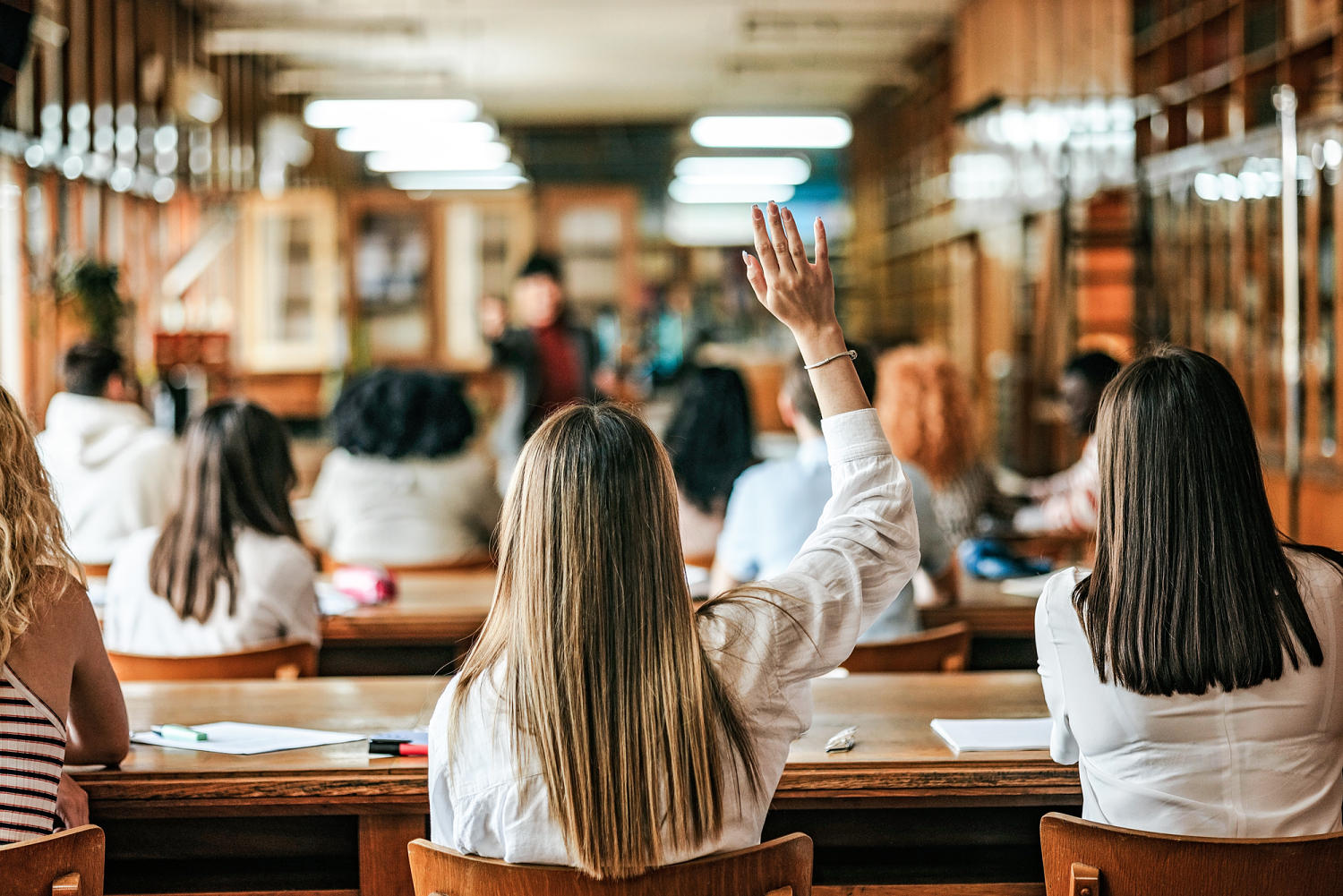
The unprecedented federal funding given to school districts to stanch pandemic learning loss resulted in a boost in student achievement in some schools, a Harvard University study published Wednesday found.
“The dollars had an impact, especially in the high-poverty schools, because that’s where the money was targeted,” Thomas Kane, a co-author of the study and the faculty director of the Center for Education Policy Research at Harvard, told NBC News. “And the impacts, although modest, were big enough to justify the magnitude of the investment.”
The federal government invested almost $190 billion in K-12 education in 2020 and 2021 to help schools stay open and recover the learning loss.
The report found that each additional $1,000 in relief aid per student was associated with a 0.03 grade equivalent increase in math, or approximately six days of learning, and a 0.018 grade equivalent increase in reading, or approximately three days of learning.
In the nation’s highest-poverty school districts, students received an additional $7,700 per student in federal aid, while most affluent districts received less, the report said.
“Given the strong relationship between K-12 test scores and subsequent earnings, the researchers conclude that the boost in future earnings associated with a 0.03 grade equivalent rise in achievement would be sufficient to justify the $1,000 investment,” Harvard’s Center for Education Policy Research said in a news release announcing the report. “The federal dollars are helping to close gaps which widened during the pandemic.”
The report also said that the estimated impact of the funding was in line with previous research on the effect of increased education spending.
“Test scores are surprisingly strongly related to income and so even small boosts in test scores can lead to increases in lifetime earnings, and so based on our calculus, although the effects were modest in size, they were big enough to justify the investment,” Kane said.
The Education Department did not immediately respond to a request for comment on the report.
But Neera Tanden, President Joe Biden’s domestic policy adviser, told The New York Times that “this new data makes clear that the president’s investment in education helped millions of students regain ground faster.”
The more than 13,000 school districts were given wide discretion on how to spend the money.
“They only had to spend in this last package 20% on academic recovery, and even that was pretty loosely defined,” Kane said.
Asked if funding more targeted toward emphasizing academic recovery could have resulted in greater gains in student achievement, Kane said that “the answer is probably yes.”
“But we can’t lose sight of the fact that this is a good news story,” he said.
The federal aid expires in September, at which time Kane said he hopes states step in to fill the void.
“It would be right to focus the dollars on replacing the things that students lost during the pandemic, which was learning time with teachers,” he said.
Some recommendations in the report included funding tutoring programs, expanding summer learning and helping reduce student absenteeism.
“The catch-up is not over and if we just go back to business as usual before the pandemic, these losses will become permanent,” Kane said. “I think most people would say that it would be unjust to stick the low-income students with the bill for the pandemic.”






